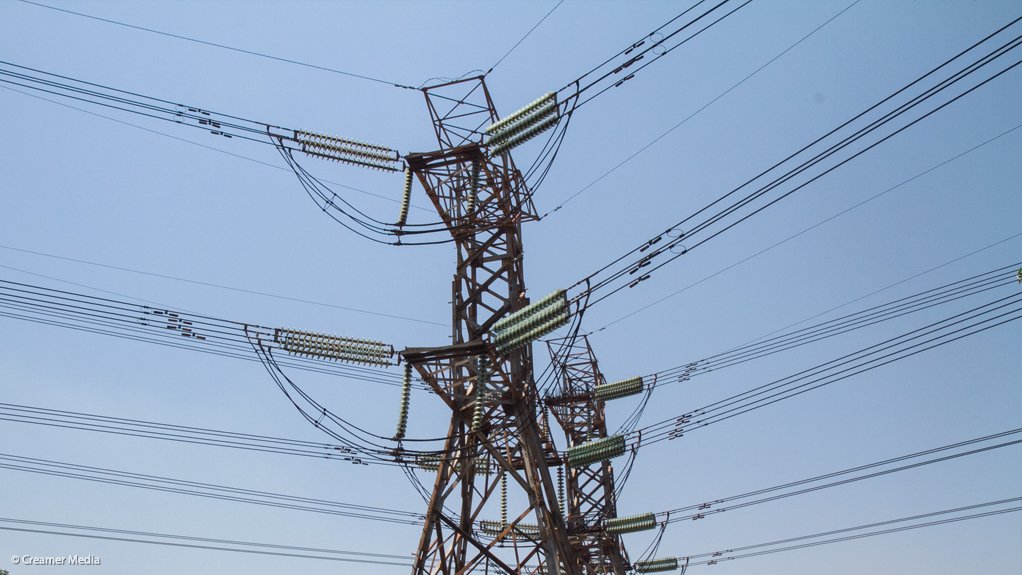South Africa would realise a far greater return on its energy investments were it to introduce a “smarter”, more flexible electricity grid that incorporated an appropriate transmission and distribution network, Institute for Security Studies (ISS) researcher Steve Hedden said on Tuesday.
“Fixing South Africa’s energy crisis is not just about generating more energy. It doesn’t make sense to invest heavily in generation capacity without also rethinking transmission and distribution.
“Energy planning in South Africa has neglected the key element of how electricity moves from generation to consumption,” he noted at the Pretoria launch of a new ISS research paper titled ‘Gridlocked’.
According to Hedden, government’s Integrated Resource Plan for Electricity 2010–2030 (IRP 2010), adopted in March 2011, failed to adequately address the development of grid infrastructure, despite the transmission of power being considered in an IRP update in November 2013.
“Grid planning can’t be an afterthought. It has to be built in from the start,” he held.
The researcher added that grid planning was far easier when a small number of large power stations provided energy to the country’s largest cities, with one organisation responsible for the entire system.
“In South Africa, Eskom is producing electricity at coal-fired power plants in Mpumalanga, the largest net supplier, and delivering most of it to the economic heartland of Gauteng – the largest net consumer.
“However, the source of power is shifting. By 2040, Limpopo’s new coal-fired plants will make it the largest net supplier and new gas and renewable capacity will make the three Cape provinces net producers,” he argued.
Grid planners were now also required to consider the rise of renewable energy, the addition of independent power producers and small-scale residential generation, as frustrated citizens install their own rooftop solar panels.
Electricity generation was becoming decentralised and intermittent and the line between consumer and producer was blurring, said Hedden.
“At the same time, the electricity sector is transitioning away from a centralised monopolistic model, with new players taking on roles and responsibilities historically controlled by Eskom.
“The grid used to handle only a one-way flow of power from producer to consumer. Now it has to accommodate potentially millions of small-scale producers feeding energy into the grid,” he said.
According to the report, small-scale residential power generation from solar panels could account for 30 GW of electricity-generating capacity in South Africa by 2050, but its contribution today was retarded by an absence of clear policies and regulation.
“A more intelligent grid would be the result of investments in grid efficiency and better electricity planning, operations and policies,” he concluded.
EMAIL THIS ARTICLE SAVE THIS ARTICLE
To subscribe email subscriptions@creamermedia.co.za or click here
To advertise email advertising@creamermedia.co.za or click here











